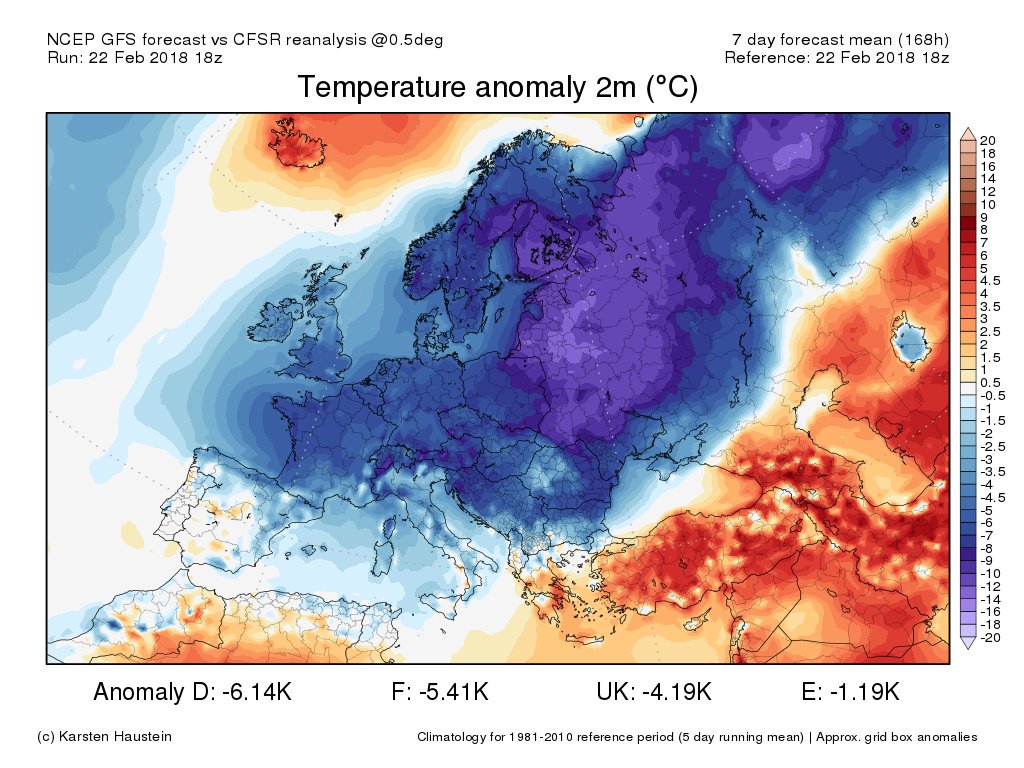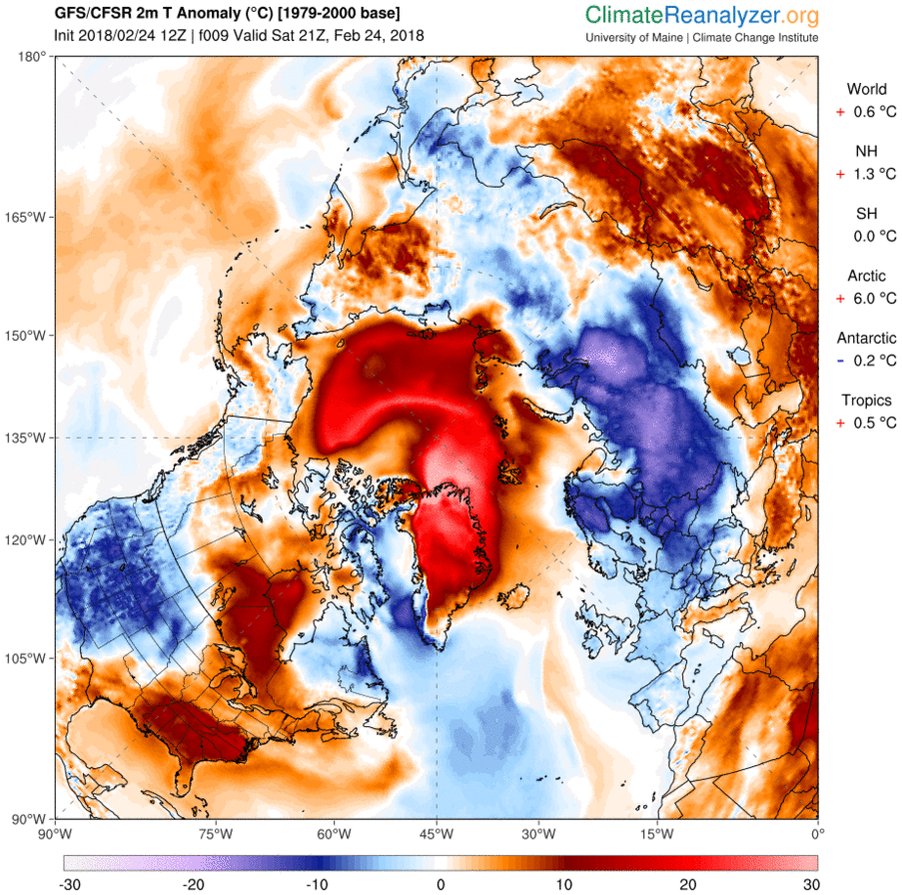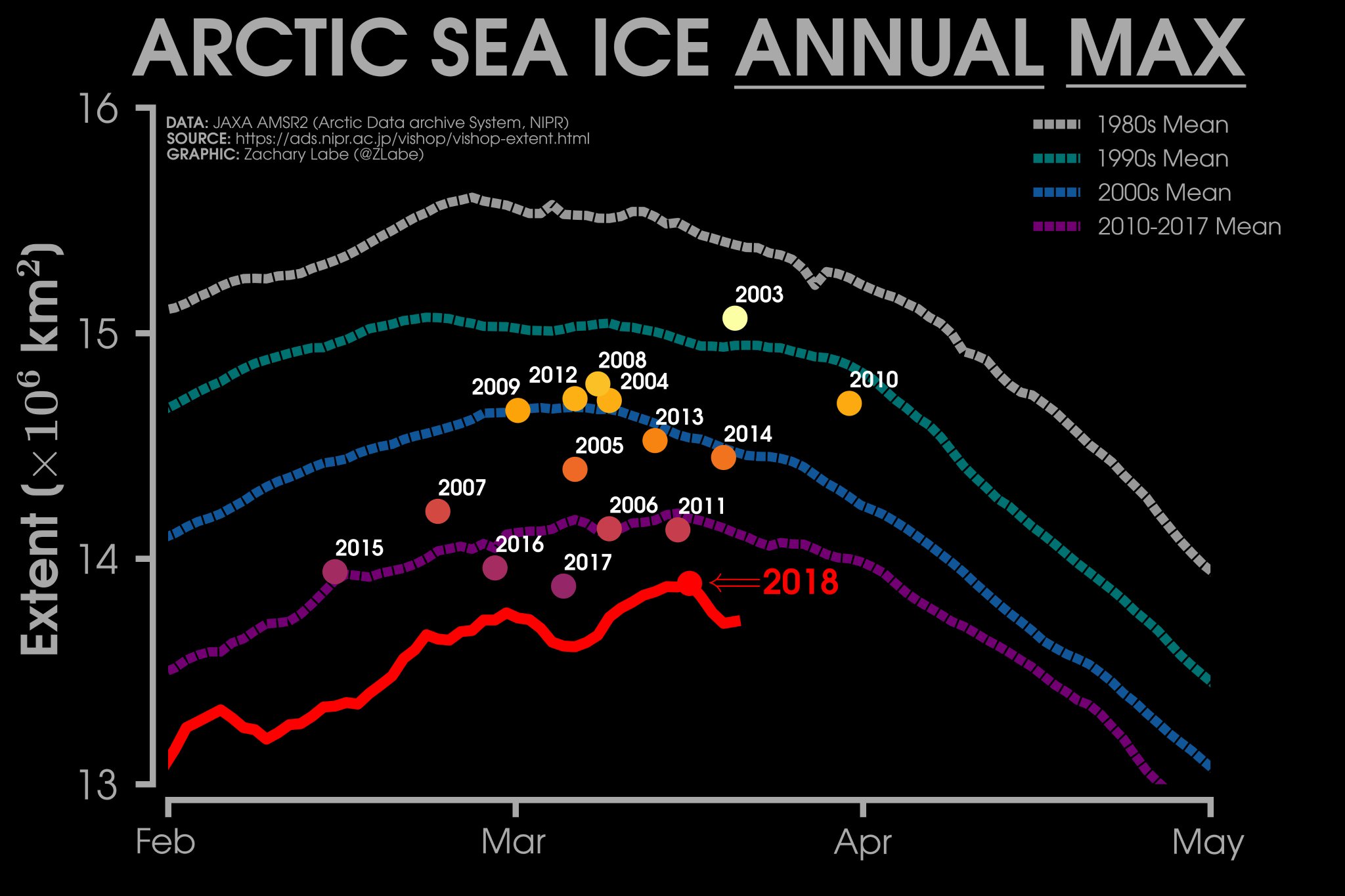Cold snap in Mediterranean Europe, heat wave in Arctic
Sentinel-1 CSAR EW acquired from 23 February 2015 to 03 March 2015
Sentinel-1 CSAR EW acquired from 25 February 2018 to 27 February 2018
Sentinel-3 SLSTR RBT acquired on 26 February 2018 at 09:42:57 UTC
Sentinel-2 MSI acquired from 26 February 2018 to 28 February 2018
Sentinel-1 CSAR EW acquired from 25 February 2018 to 27 February 2018
Sentinel-3 SLSTR RBT acquired on 26 February 2018 at 09:42:57 UTC
Sentinel-2 MSI acquired from 26 February 2018 to 28 February 2018
Keyword(s): Climate change, polar, cryosphere, sea ice, snow, Mediterranean Sea, Arctic Ocean, Italy, Croatia, Greece
The recent cold snap over Europe caused snowfalls much more important than usual in some areas, especially in Central Europe or in United Kingdom and Ireland. Using Earth Observation images, it is however more impressive to show the unusual change in land cover than happened in some parts of Mediterranean Europe as snow coated even some plain regions.


Air temprature anoly over Europe on 22.02.2018 - source: Etienne Kapikian from Météo-France
Even more impressive was the heat wave that occurred in the Arctic at the same time, due to the wintertime Arctic Oscillation (AO) / North Atlantic Oscillation (NAO). Temperatures reached +6°C instead of -15°C/-25°C at that time of the year in Northern Greenland, possibly a +30°C positive anomaly ! Open water testimonies of this positive temperatures.


Air temperature anomaly over the Northern Hemisphere - source: Etienne Kapikian from Météo-France

Air temperature & sea-ice cover in Kap Morris Jesup, Northern Greeland - source: Lars Kaleschke, Professor for sea ice remote sensing at the University of Hamburg
Looking back at the whole winter season, 2018 may be the second lowest annual max Arctic sea ice extent after 2017 according to JAXA's AMSR2 data.


Arctic sea ice annual maximum extent - source: Zack Labe from Cornell University











